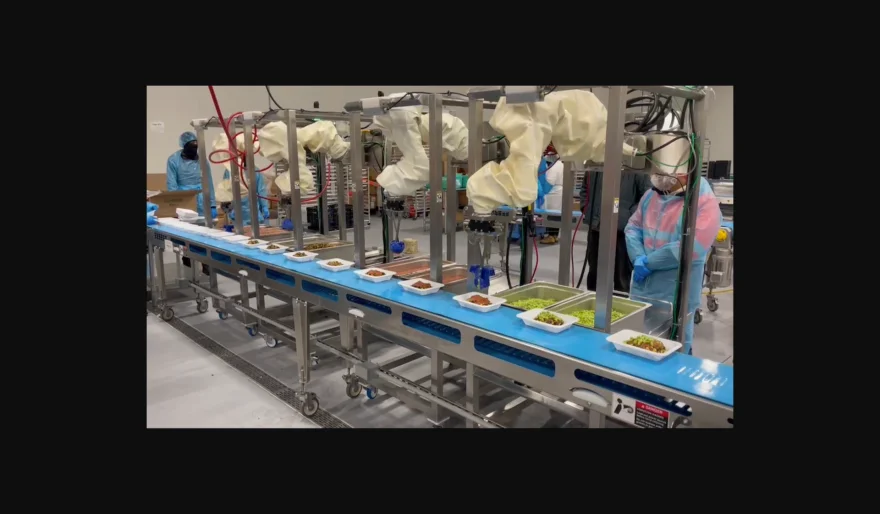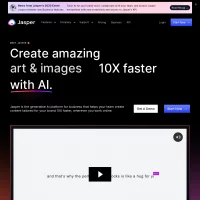Stay Ahead of the Curve
Latest AI news, expert analysis, bold opinions, and key trends — delivered to your inbox.
Chef Robotics Survived the Food Tech Graveyard by Saying “No” to Millions
6 min read Chef Robotics, once near collapse, is now thriving after raising $23M in Series A funding and delivering over 45 million meals. The turnaround came when founder Rajat Bhageria ditched fast casual restaurant clients and pivoted to food manufacturers — a more stable, automation-friendly market. By starting small and solving simpler problems first, Chef avoided the pitfalls that killed similar startups. The key lesson: success sometimes means walking away from early customers to serve the right ones. April 11, 2025 10:00
Just a few years ago, Chef Robotics was on the verge of collapse — the kind of startup story where the founder contemplates walking away, contracts in hand, and millions of dollars on the line. Instead, it’s now one of the few food robotics companies still standing — and thriving.
The six-year-old company, founded by Rajat Bhageria, recently raised a $23 million Series A, has 40 employees, and boasts big-name clients like Amy’s Kitchen and Chef Bombay. Its robots, now deployed across the U.S., have prepared over 45 million meals to date.
So what changed?
Bhageria made a rare — and risky — move in startup world: he walked away from his original customers.
When Everything Was Falling Apart
Chef Robotics began like many promising startups — armed with a big vision and backing from investors. Bhageria, who studied at UPenn’s GRASP Lab, was enamored with the idea of intelligent robots that could cook — the sci-fi future of kitchens.
He wasn’t alone. A wave of startups tried and failed to automate restaurant kitchens, including Chowbotics, Zume, and Karakuri. The problem? Grasping. Teaching a robot to pick up a soft blueberry without crushing it, or shredded cheese without clumping it, remains a fundamentally unsolved problem in robotics.
Chef Robotics originally targeted fast casual restaurants, hoping to build robotic food lines that could assemble entire meals. The company signed multimillion-dollar contracts.
And then it hit the wall.
“We essentially could not solve the technical problem,” Bhageria told TechCrunch. The robots couldn’t handle the sheer variability of fast casual kitchen tasks — unless each robot was restricted to a single ingredient. But customers didn’t want one-trick robots.
A Radical Pivot: Fire Your Customers
With revenue on the table, Bhageria made a decision most founders dread: he canceled those deals.
“It honestly sucked,” he said. “I spent the last year and a half of my life trying to convince these people, these fast casual companies, to work with us.”
Instead of bending to early customers, Bhageria found new ones — food manufacturers, where kitchens are far more consistent, and ingredients don’t vary as wildly.
Unlike a Chipotle line, these manufacturers prep massive batches of meals — the perfect setting for automation. And they were open to starting small: letting the robots handle one or two ingredients, which gave Chef Robotics the space to collect the training data they desperately needed.
Betting on the Long Game
This willingness to start narrower — and smarter — is what may ultimately help Chef Robotics succeed where so many others have failed.
Instead of chasing the most obvious, most competitive customer segment, Bhageria chose to serve the part of the food industry that’s under-the-radar but deeply hungry for automation.
The result: a real product, actual deployments, and a startup that’s not just alive — but scaling.
Lesson for Founders
Sometimes, to win big, you have to burn the roadmap you started with and find a better route.
Bhageria put it best: “Maybe we didn’t need to change the world by convincing impossible customers. Maybe we just needed to change who we were building for.”



















 AI Agents
AI Agents